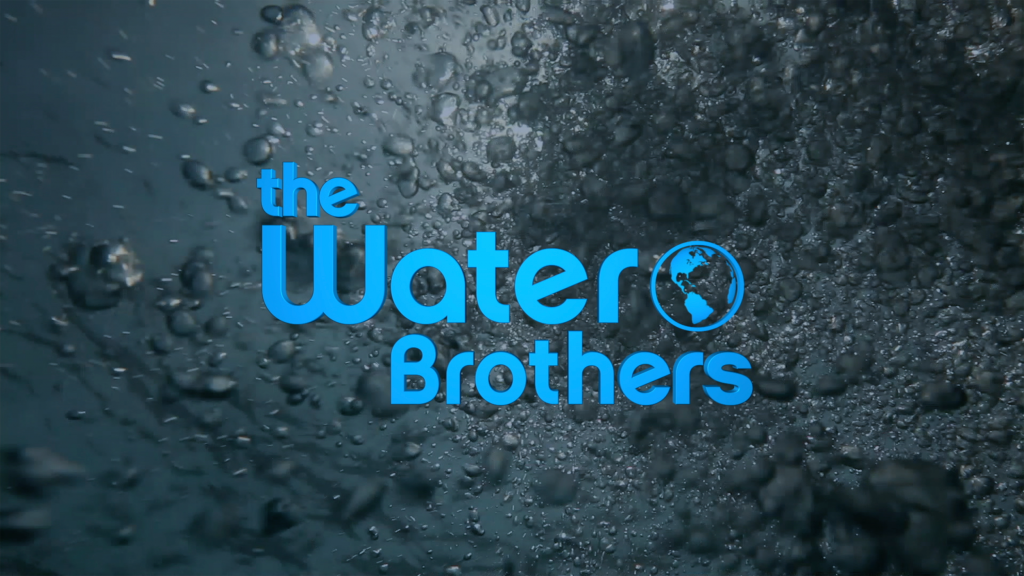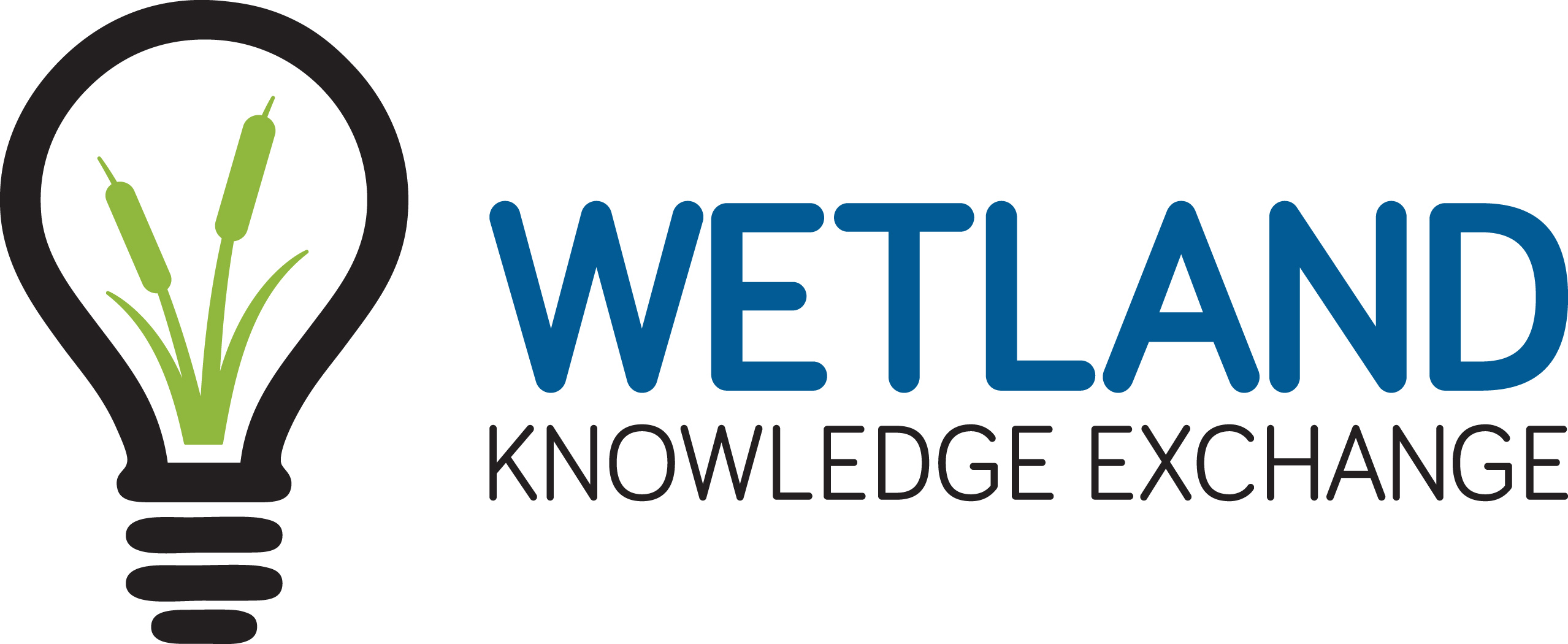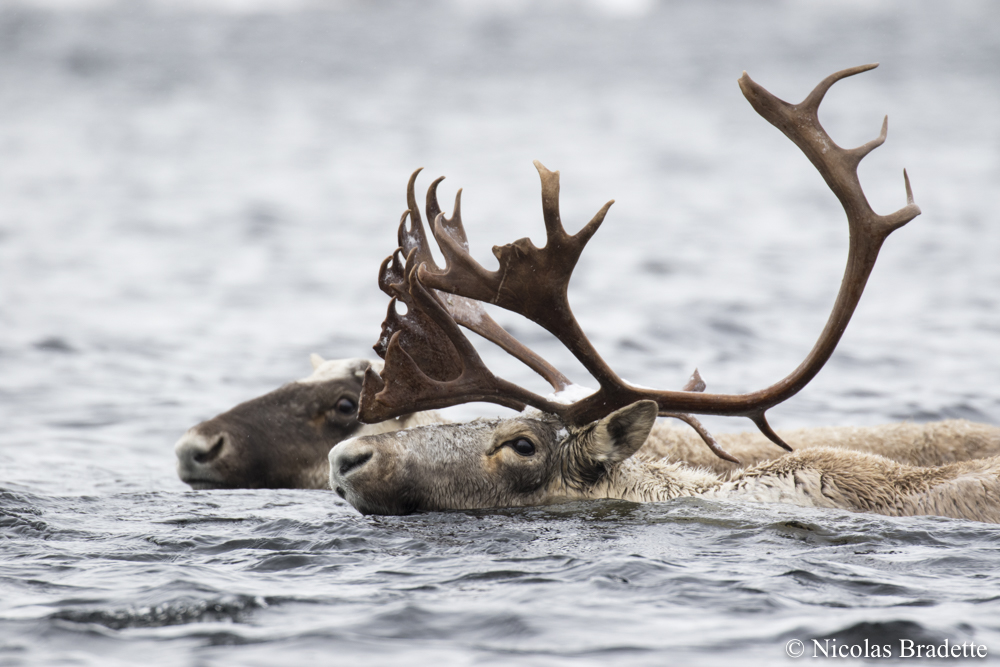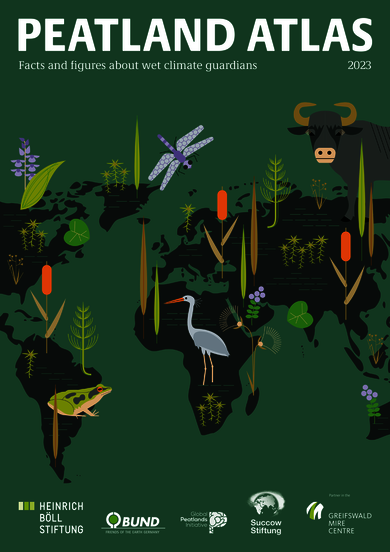Wetlands and Human Wellbeing
World Wetlands Day (WWD) marks the adoption of the Ramsar Convention on Wetlands, an international treaty that recognizes the importance of wetlands! This WWD will focus on the interconnected nature of human wellbeing and wetland health!
The Wetland Knowledge Exchange has developed an infographic that highlights the wellbeing benefit of wetlands.
Physical
Wetlands benefit our physical health by serving as landscapes for recreation and exercise. From bird watching to hiking, these areas provide people with opportunities to connect with nature while promoting a healthy and active lifestyle.
Environmental
Wetlands improve how we view our environment by playing a pivotal role in capturing carbon and fostering biodiversity. They are a major player in the regulation of the global water cycle, so they contribute significantly to maintaining balanced and healthy ecosystems. They also act as nature's kidney, purifying water and providing clean fresh water for humans and wildlife to use.
Emotional
Maund et al. (2019) found that spending time in wetlands showed significant improvements in mental health across a range of indicators. The serene landscapes and diverse flora and fauna contribute to stress alleviation, mood improvement, and an overall enhancement of emotional health. Wetlands are nature's therapy, providing solace to those seeking refuge from the hustle and bustle of modern life.
Economic
Wetlands play a crucial role in economic stability by serving as natural buffers against extreme weather events. They hold water during large rainfall events, preventing flooding, and gradually release it, mitigating the effects of drought at various times of the year. This protective function helps prevent infrastructure damage, crop desiccation, and soil loss due to erosion. Additionally, constructed wetlands can reduce the cost of wastewater treatment. Furthermore, wetlands can serve as a source of food, providing resources such as fish, waterfowl, berries, and rice.
Indigenous
For indigenous communities, wetlands are more than just ecosystems; they are integral to their way of life. Wetlands serve as sources of food, medicine, spirituality, and livelihood, holding deep cultural significance for indigenous people. The Indigenous-Led Conservation Hub on the CCLM connects practitioners and communities to conservation and stewardship work being done by indigenous people across canada.
Cultural
Wetlands often serve as vital gathering places for communities, becoming focal points for cultural activities and celebrations. These spaces foster a deep connection between communities and nature, reinforcing the importance of conservation efforts to preserve these cultural nexuses for future generations. This case study demonstrates the cultural importance of peatlands for cloudberry picking and the importance of wetland conservation to the continuation of these important traditions.








